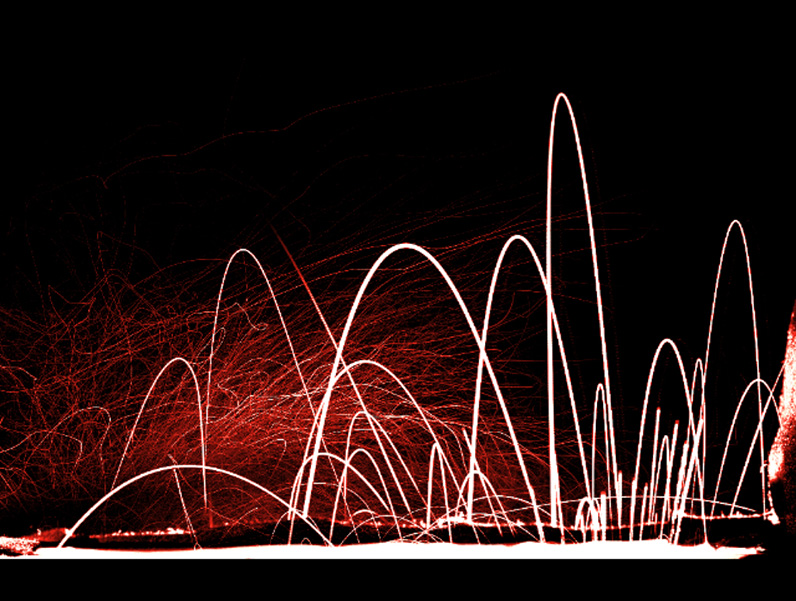This is one of those fields of study that are so mind-bogglingly complex that, short of having a supercomputer close to hand, we can only approximate as to the details. See also weather, markets, and any other complex/chaotic system you can think of.
So anyone who can get a handle on what is actually going on with this stuff gives a whole 'nother meaning to the concept of smart.
From Knowable Magazine, September 4:
Viruses and bacteria travel in fluids, such as the air we breathe. Studying exhalations, toilet flushes and rain drops, with math and modeling, can sharpen the big-picture view of how to prevent infections.
When we think of the air we breathe, we usually don’t think fluids. But air is a fluid. And bacteria and viruses are carried by fluids. So understanding the dynamics of fluids — how they flow under the influence of various forces, such as gravity and any initial momentum imparted to the fluid — is crucial to understanding how viruses or other pathogens spread from place to place, from person to person.
Lydia Bourouiba made the connection while studying fluid dynamics at McGill University in Montreal. In 2003, she was partway through her PhD when the SARS epidemic struck. She realized then that she wanted her work to have an impact on public health.
Bourouiba now leads the Fluid Dynamics of Disease Transmission Laboratory at the Massachusetts Institute of Technology (MIT). For more than a decade, she has focused her attention on how fluids can help disease move from one host or reservoir to the next. Armed with high-speed cameras, some fancy mathematics and old-fashioned grit, Bourouiba studies everything from the motion of droplets that are ejected when we breathe, cough or sneeze to how splashes of water droplets from leaves can spread pathogens from plant to plant. She explored the current state of such knowledge in papers in the 2021 Annual Review of Fluid Mechanics and the Annual Review of Biomedical Engineering.
Knowable Magazine spoke to Bourouiba on how understanding the dynamics of fluids can inform public health measures and help limit the spread of infectious diseases such as Covid-19.
This conversation has been edited for length and clarity.
How did you get interested in fluid dynamics and infectious diseases?
When I took my first class on fluid dynamics, I fell in love with the topic, because of its beauty and universality. The beauty is tied to the mathematics of fluid dynamics, and that you may find fluid processes working at the scale of stars and galaxies, as well as at the cellular level.
Despite the age of the field, so many fundamental questions remain to be answered. I find such universality and depth beautiful. I have also always felt strongly about human rights, and in particular about equity in access to public health and education. It’s another side of who I am.

A toilet sends both large and small droplets of water aloft during a flush, as imaged here with the help of a high-speed video camera attached to the side of a toilet basin. The weight of larger droplets leads most to fall back down into the toilet or onto surfaces. Smaller droplets, which are more likely to form after the use of some cleaning products, can be cast up into the air, where they may remain suspended. Lydia Bourouiba’s studies suggest airborne droplets from toilets in hospitals could contribute to the spread of bacterial spores that cause a potentially deadly form of diarrhea.
CREDIT: L. BOUROUIBA/THE FLUID DYNAMICS OF DISEASE TRANSMISSION/MIT
Coming back to fluids: Pathogens travel in fluids, whether they’re in the body or outside, and through air, which is a fluid as well. In combining fluid dynamics with applied questions about disease transmission and other topics, I saw a way to apply myself to fundamental open questions in fluid dynamics and mathematics. After much exploration, I embarked on a scientific journey that aligned with who I am and my values.
What was the state of knowledge when you began working on these problems?
When it comes to respiratory diseases, I found that the world of public health had dogmas about the spread of pathogens in droplets of mucus and saliva from person to person. There was also this notion of pathogens spreading via aerosols — the solid residues remaining in the air after the liquid in small droplets has evaporated. But there wasn’t much modern scientific evidence regarding the behavior of droplets or aerosols. The prevailing idea was that when we exhale, the droplets that come out follow isolated trajectories — that means a pathway influenced only by gravity’s pull and the drag of air, and not by other droplets. These droplets can carry pathogens (the SARS-CoV-2 virus, for example, is about 100 nanometers across, orders of magnitude smaller than the droplets)....
....MUCH MORE
There's another woman, Professor Linsey Marr who is also worthy of note, as we saw in May 22's:
"The 60-Year-Old Scientific Screwup That Helped Covid Kill"
These are, to put it simply, incredibly bright people.